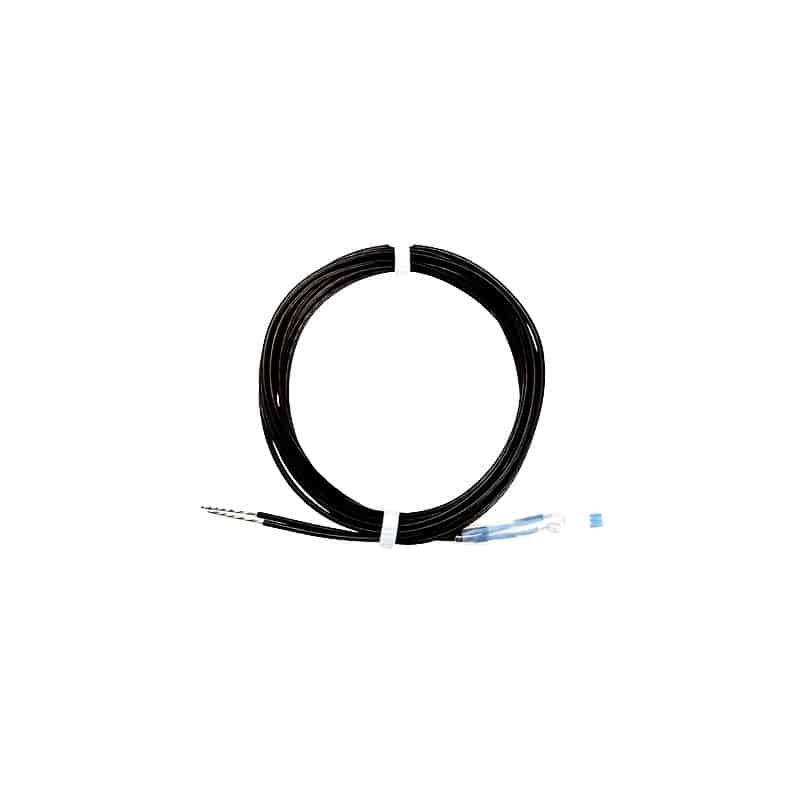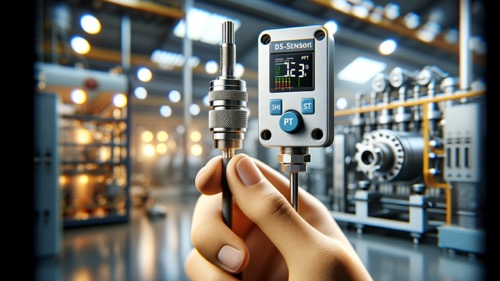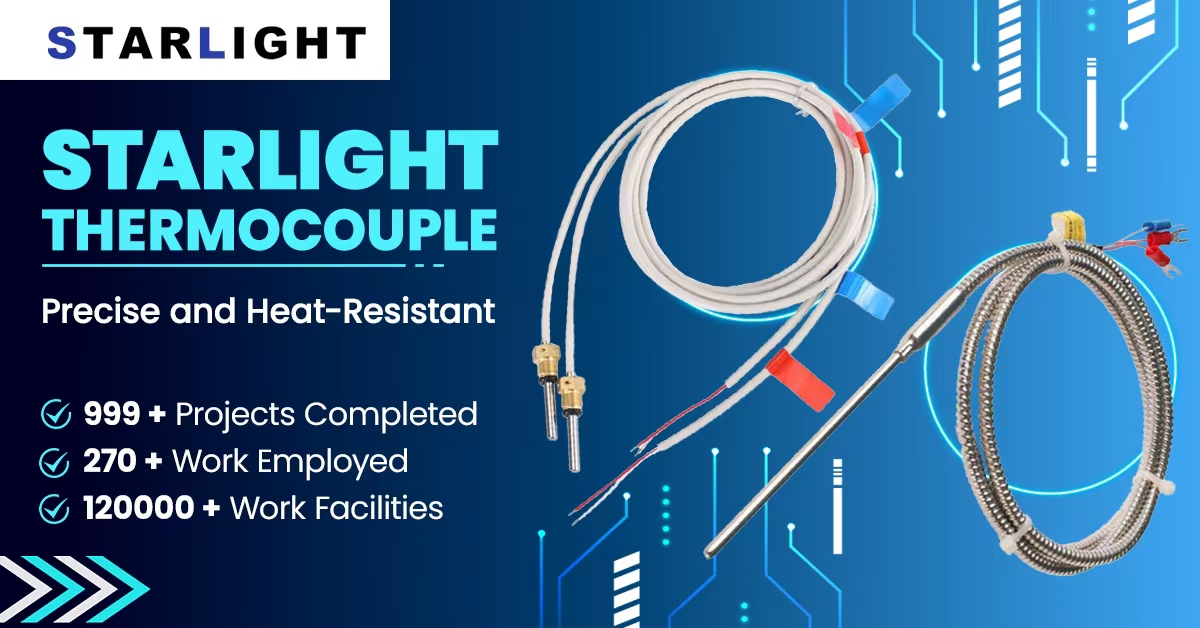APC Temperature Sensor: Monitoring and Optimizing Server Performance
Abstract:
In this article, we will explore the importance of APC temperature sensors in maintaining optimal server performance. We will delve into the role of temperature monitoring, the impact of temperature on server operation, and how to optimize temperature control for better efficiency and longevity. So, let’s dive into the world of APC temperature sensors and their significance in ensuring a smooth running and reliable server environment.
Table of Contents:
1. Introduction
2. The Role of APC Temperature Sensors
3. Impact of Temperature on Server Performance
4. Optimizing Temperature Control
5. The Benefits of Proper Temperature Monitoring
6. Conclusion
1. Introduction:
In today’s digital age, the performance and reliability of servers play a crucial role in the success of websites, online businesses, and various other online services. Among the many factors affecting server performance, temperature is often overlooked but can have a significant impact on your server’s overall operation. This is where APC temperature sensors come into play.
2. The Role of APC Temperature Sensors:
APC temperature sensors are designed to monitor and measure the temperature within server racks, allowing administrators to keep a close eye on the thermal conditions. These sensors provide real-time temperature data, enabling proactive measures to be taken in case of temperature fluctuations or excessive heat buildup.
By monitoring temperature levels, administrators can identify potential issues, prevent unexpected downtime, and ensure that their servers operate within the recommended temperature range. This proactive approach minimizes the risk of hardware failure, increases the lifespan of critical components, and ultimately optimizes server performance.
3. Impact of Temperature on Server Performance:
Temperature has a direct impact on server performance and overall reliability. High temperatures can cause electronic components to overheat, leading to system instability, increased power consumption, and even permanent damage. Conversely, low temperatures can also adversely affect server operation, causing condensation and potential moisture-related issues.
Excessive heat can lead to thermal throttling, where the server’s performance is automatically reduced to prevent damage. This results in slower response times, decreased processing power, and ultimately a less efficient server. By implementing APC temperature sensors, administrators can proactively prevent these issues and ensure uninterrupted server performance.
4. Optimizing Temperature Control:
To optimize temperature control, it is essential to implement proper cooling mechanisms. This includes ensuring adequate airflow within server racks, utilizing efficient air conditioning systems, and positioning temperature sensors strategically. By mapping out temperature hotspots, administrators can identify areas that require additional cooling or insulation, thus maintaining an optimal temperature environment for their servers.
Moreover, implementing temperature thresholds and alerts can notify administrators of any significant temperature fluctuations, enabling them to take immediate action. This proactive approach allows for timely troubleshooting, reducing the risk of server downtime and potential data loss.
5. The Benefits of Proper Temperature Monitoring:
Proper temperature monitoring with APC temperature sensors offers various benefits to server administrators. These include:
– Improved server performance: By maintaining optimal temperature levels, servers can operate at peak performance without the risk of hardware failure or thermal throttling.
– Extended server lifespan: Adequate temperature control prevents excessive wear and tear on server components, increasing their longevity and reducing the need for frequent replacements.
– Energy efficiency: Optimized temperature control leads to reduced power consumption, resulting in lower energy costs and a more environmentally friendly server operation.
– Enhanced reliability: By proactively monitoring temperature, administrators can detect and resolve potential issues before they escalate, ensuring a reliable and uninterrupted server environment.
6. Conclusion:
In today’s competitive online landscape, server performance is paramount. APC temperature sensors provide the necessary tools for server administrators to monitor and optimize temperature conditions effectively. By implementing these sensors, administrators can avoid unexpected downtime, improve server longevity, and ensure a smooth online experience for their users. So, invest in APC temperature sensors today and unlock the full potential of your server infrastructure.

The Impact of Temperature Sensors on Modern Energy Solutions
In the rapidly evolving world of energy solutions, temperature sensors play a crucial role in ensuring efficiency and safety. These sophisticated devices are integral to the functionality of various systems,




